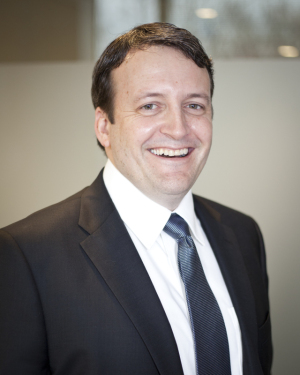by
Lauren Dubinsky, Senior Reporter | April 30, 2015
On July 1, 2013, Philips Healthcare and Georgia Regents Medical Center embarked on a 15-year partnership worth $300 million to transform the health care delivery model. Almost two years later, Georgia Regents has seen about $7 million in savings and a 35 percent reduction in technology spending.
“Philips was looking at broader industry changes in the marketplace and recognized that in order to address some of the key challenges around quality and cost reduction, and to really change traditional care delivery models within health care effectively, it has to be done through partnerships with health care providers,” Matt Bierbaum, vice president of managed service and enterprise partnerships at Philips, told DOTmed News.
Philips is responsible for selecting, installing, providing training for, managing, maintaining and replacing all of the Philips and non-Philips imaging equipment, patient monitoring devices, respiratory therapy technologies and also a large PACS platform. To date, Georgia Regents has replaced and upgraded 525 monitoring devices, 800 imaging and care devices and other technologies.



Ad Statistics
Times Displayed: 136668
Times Visited: 7926 MIT labs, experts in Multi-Vendor component level repair of: MRI Coils, RF amplifiers, Gradient Amplifiers Contrast Media Injectors. System repairs, sub-assembly repairs, component level repairs, refurbish/calibrate. info@mitlabsusa.com/+1 (305) 470-8013
In addition to that, Philips also sits on Georgia Regents’ quality boards and management teams and participates in their technology planning, broader capital asset planning and budgeting process.
Traditionally, health care systems have to deal with eight to 10 different participants to procure a single piece of equipment. “Georgia Regents has a single partner and point of contact for the accountability of not only managing medical technology but ensuring that it’s actually driving clinical outcomes and meaningful improvements in costs and quality in the health system,” said Bierbaum.
The partnership has also allowed Georgia Regents to redesign their clinical workflows and the ways in which their physicians, nurses and technologists interact with patients. For example, the physicians can be at the patient’s bedside, making real-time evaluations because they now have digital technology instead of analog.
Georgia Regents has also experienced an increase in overall utilization of technology and efficiency in the radiology department, in particular. Productivity has increased from about 11 to 30 percent, not only because of the new technology, but also because of changes in workflow and additional education for technologists.
Philips has been leveraging this partnership to evaluate technology and find better ways to apply and manage that technology across a health care system. For example, they have been looking at the overall utilization and deployment of ultrasound technology throughout the health care system to ensure that it is being effectively managed and used for the right mix of clinical applications.

